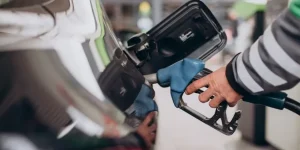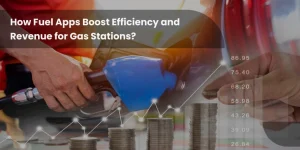What is a Fuel Delivery App, and How Does It Work?
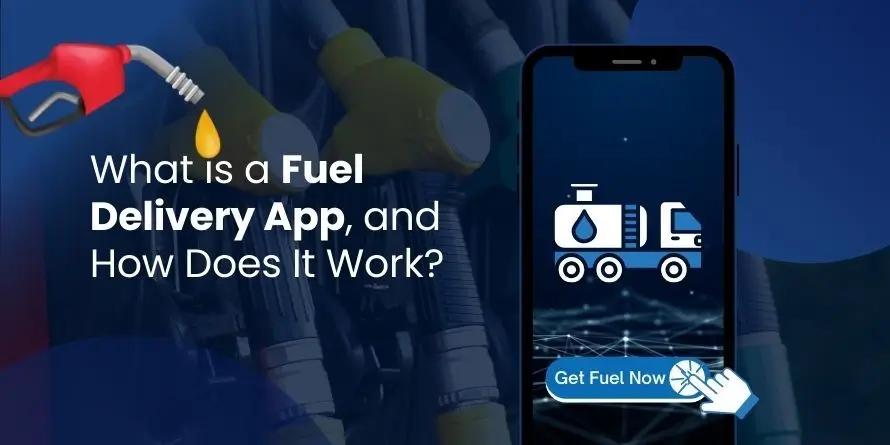
Due to the recent pandemic and increasing inclination towards doorstep delivery, on-demand delivery businesses have gained immense popularity. Food, grocery, taxi, or even fuel delivery business models have come to the limelight, creating various opportunities for entrepreneurs and service providers to reach a wider audience without any geolocation barrier.
Indeed, all on-demand business models are working well, and on-demand fuel delivery is one of them. There is no better way to boost your customer base and expand your business than by being part of the online fuel delivery business.
Online fuel delivery has grown with a CAGR of 7.1%, making it a lucrative option for entrepreneurs looking to invest in fuel delivery technology and capitalize on this expanding industry. Conventional business owners globally have been wondering about the overnight success of fuel delivery services and trying to enter the same industry to skyrocket their profits.
These digital platforms have reshaped fuel delivery operations, making it as easy as a few taps on our smartphones. Have you ever noticed what goes on behind the scenes of this application?
Join us as we explore the inner workings from the user perspective and the technology that powers them.
What Are Fuel Delivery Apps?
Imagine what it’s like petrol or diesel delivered to your car instead of driving to a fuel station.
Well, the fuel delivery app is all about that. This user-friendly app allows users to order petrol or diesel refills at a particular location and time. Thus, it is a new luxury and a smart way to refuel vehicles regardless of timing and location.
Online fuel ordering allows us to order fuel or gas-related products within our chosen time range. Customers can deliver the required petrol straight to their car’s tank at their desired time and location. To receive hassle-free fuel delivery, consumers can register and log onto the app to define the fuel quantity, type, time, and location.
Online fuel ordering has become very popular in recent years. People use many fuel and gas delivery apps to place orders, making it one of the most lucrative ventures for entrepreneurs today.
On-demand fuel delivery is a new and expanding field disrupting the commercial landscape as we know it. Due to its convenience and digital approach, the fuel delivery business is poised for continued expansion.
Hence, more startups and budding entrepreneurs are showing a positive attitude toward fuel delivery app development, as the sector will disrupt traditional economies and create an enormous impact.
Market Size And Statistics (On-Demand Fuel Delivery Market)
Say goodbye to the days of waiting in tiring, long queues at petrol pumps under the scorching sun, especially for fuel refilling. On-demand fuel delivery has emerged as a game changer, offering comfort, safety, and efficiency.
Indeed, fuel delivery is a relatively young industry that takes time to mature. Still, major fuel marketing companies and business owners have entered the fray, offering doorstep deliveries through apps. These apps have advanced features such as ordering, tracking, real-time notifications, and secured payment gateways.
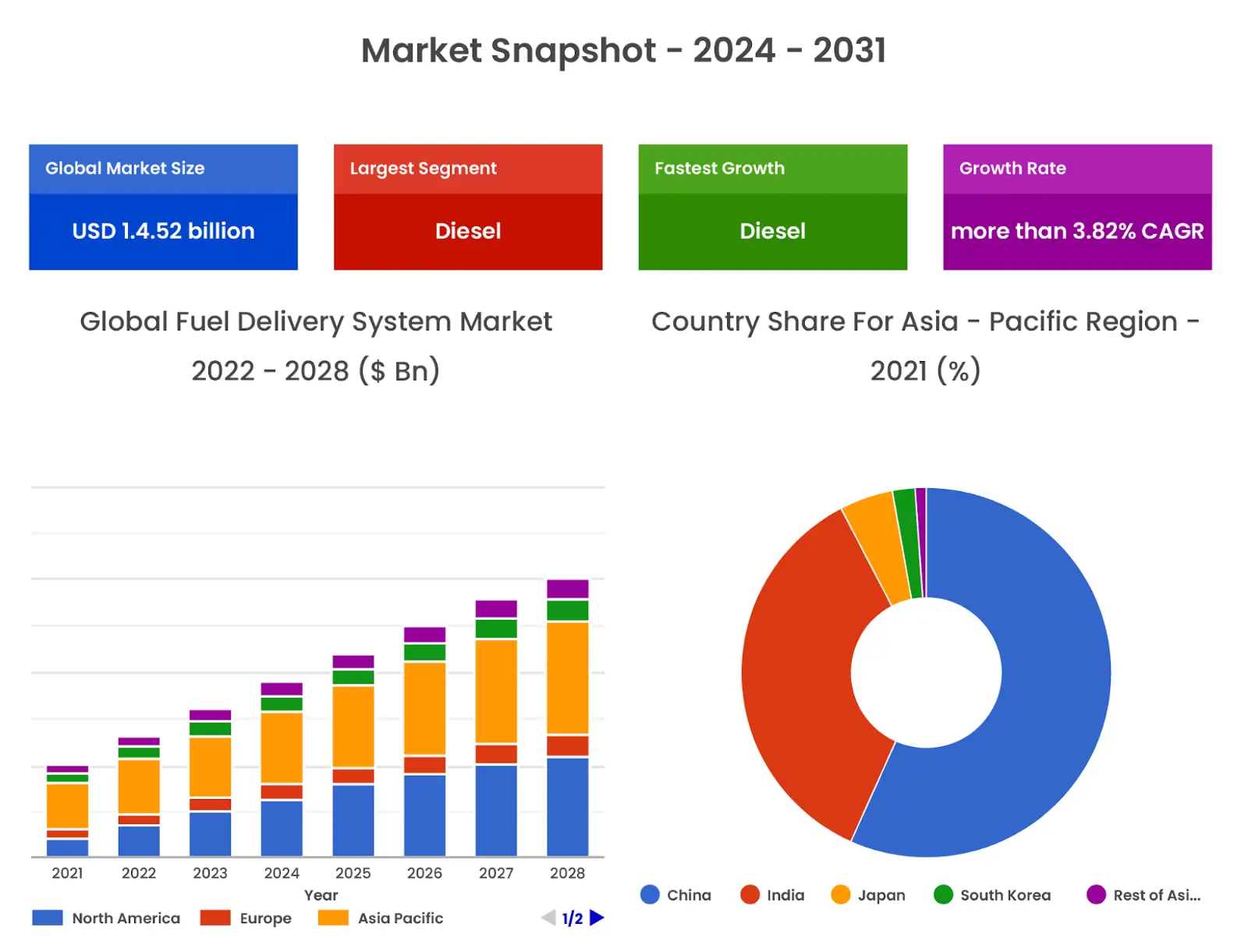
- With a CAGR of 15.97% from 2024 to 2032, the global on-demand fuel delivery market is expected to reach USD 2.04 billion from its 2024 value of USD 0.33 billion.
- With a market size of USD 100.48 million in 2024, North America accounted for almost 40% of worldwide sales and is expected to increase at a (CAGR) of 16.4% between 2024 and 2031.
- The largest markets were in the Middle East and Africa, which accounted for 17.9% of worldwide sales. From 2024 to 2031, the market, valued at USD 5.02 million in 2024, is expected to expand at a compound annual growth rate (CAGR) of 5.0%.
The global on-demand fuel delivery sector appears to have a promising future within the expected timeframe, with opportunities in passenger cars, large commercial vehicles, hybrid vehicles, and light commercial vehicles.
Three new trends in the on-demand fuel delivery business have a direct impact on industry dynamics:
- The emphasis on the use of electric automobiles,
- With the rise in demand for high-efficiency engines,
- And the surge in demand for commercial vehicles.
An on-demand fuel delivery app is a key component of the technology that powers the system. This system considerably improves everyone’s lives and primarily addresses the issue of gasoline adulteration. These technologies are expected to create a favourable atmosphere, allowing on-demand fuel delivery market trends to thrive.
How Does A Fuel Delivery App Work? (Step Wise)
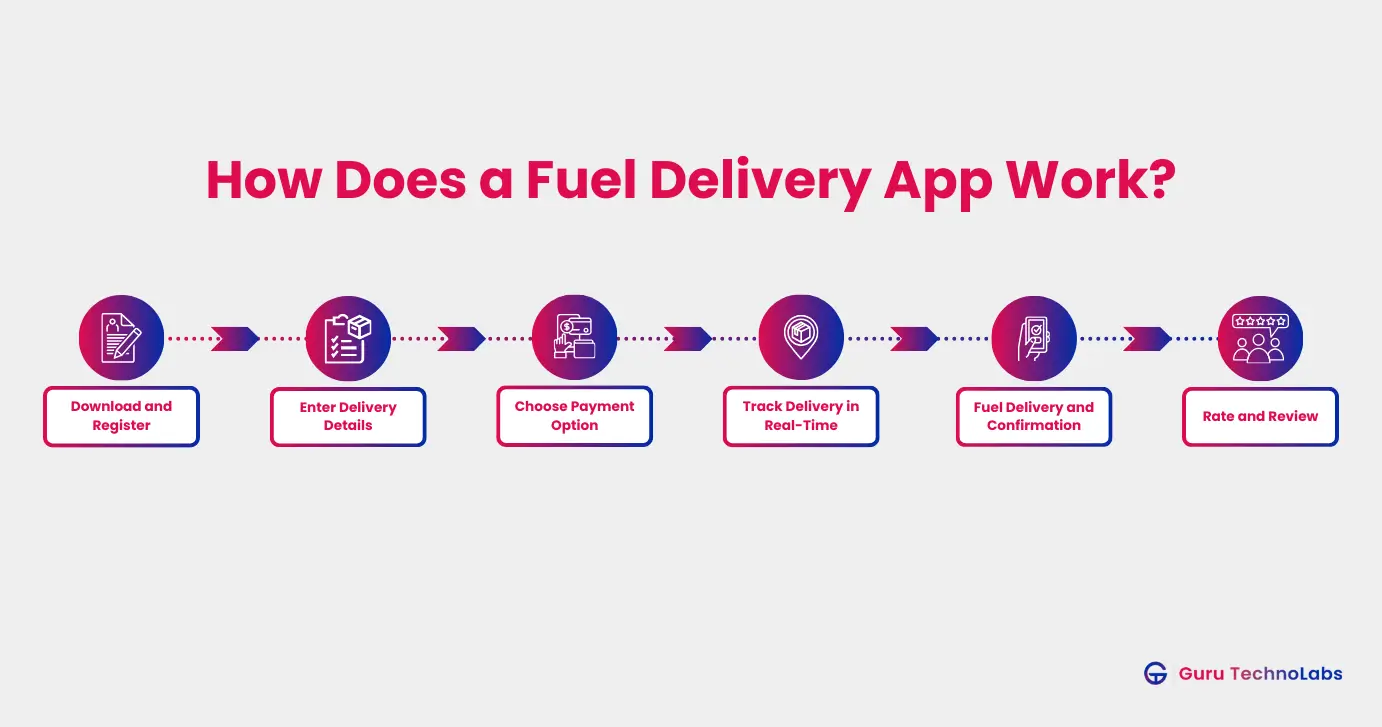
The on-demand fuel delivery app works similarly to other digital convenience services, offering a seamless, user-friendly experience. Here’s a step-by-step breakdown of how it functions:
User Registration & Profile Setup
To get started, users need to download the fuel delivery app from their preferred app store. Once installed, they must register by providing basic details such as their name, phone number, and email. Some apps may also require identity verification to enhance security.
After registration, users can set up their profile, adding information like their preferred fuel type, frequently used locations, and payment details for faster checkouts. This ensures a smooth and personalized experience every time they order fuel.
Location Selection
Once logged in, the app allows users to set their fuel delivery location. They can manually enter an address or use GPS for automatic location detection. This feature ensures that the fuel delivery service knows exactly where to send the fuel, whether it’s to a home, office, or even a stranded vehicle on the roadside.
Many apps also let users save multiple addresses for quick selection, making reordering fuel a hassle-free process.
Choosing Fuel Type & Quantity
After setting the location, users must specify their fuel requirements. The app provides options to select the type of fuel—petrol, diesel, or in some cases, alternative fuels like CNG.
Next, users input the quantity they need, whether it’s a full tank refill or a specific amount. The app may also suggest fuel quantities based on previous orders or typical vehicle consumption, making the selection easier.
Placing an Order
Once all details are set, users can review their order and proceed with placement. Many apps provide an estimated delivery time and cost before confirming the order.
For added convenience, some platforms allow users to schedule fuel deliveries at a later time. Whether it’s an urgent refill or a scheduled top-up for a fleet of vehicles, the app ensures users get fuel when they need it.
Secure Payment
After placing the order, users must complete the payment through secure digital gateways. Most apps offer multiple payment options, including:
- Credit and debit cards
- Mobile wallets (Google Pay, Apple Pay, PayPal, etc.)
- Net banking
- Cash on delivery (depending on the service provider)
To enhance security, many apps integrate encrypted transactions and multi-factor authentication, ensuring safe and seamless payments.
Real-Time Tracking
Once the order is confirmed, users can track their fuel delivery in real-time. The app provides live updates, showing the estimated arrival time and the current location of the delivery vehicle.
Many fuel delivery apps also offer notifications and alerts, keeping users informed about order status, any unexpected delays, or arrival confirmations.
Fuel Delivery & Completion
When the delivery vehicle reaches the specified location, a trained professional refuels the vehicle or storage unit as per the order.
After successful fuel dispensing, users receive a digital receipt along with an option to rate the service. Customer feedback helps companies improve service quality while giving future customers insights into the reliability of the provider.
With this streamlined process, on-demand fuel delivery eliminates the hassle of visiting fuel stations, waiting in queues, and dealing with unexpected fuel shortages. The convenience, safety, and efficiency of fuel delivery apps make them a game-changer in the modern transportation ecosystem.
Closing Note
The fuel delivery market experienced noticeable growth in 2024. The market expands fast, and if you have considered executing your fully-featured fuel delivery app, now is the time to get started.
We are often asked how to build a fuel delivery app and what steps must be followed. The marketplace is getting bigger, so you must analyze everything before you start, from defining your niche to your target market, your business model, and how you will make money. In short, you must develop something new and creative to stay ahead in the market.
To stand out, consider leveraging in-house fuel delivery solutions that can give your business a competitive edge by offering more control over logistics and customer service.
Guru TechnoLabs will help you execute your ideas and identify key elements. Feel free to contact us. Share your requirements, and we will gladly use standard technical infrastructure to accomplish them.
Frequently Asked Questions
An on-demand fuel delivery app allows users to refill fuel in their vehicles wherever they need to without physically visiting fuel stations.
To start a fuel delivery business, you must follow several steps, including creating a business plan, conducting market research, obtaining a license, designing and developing the product, and launching it to the market after a rigorous testing process.
The development time depends on several factors, such as the project's complexity, the features you want to integrate, and the location of the development team.



